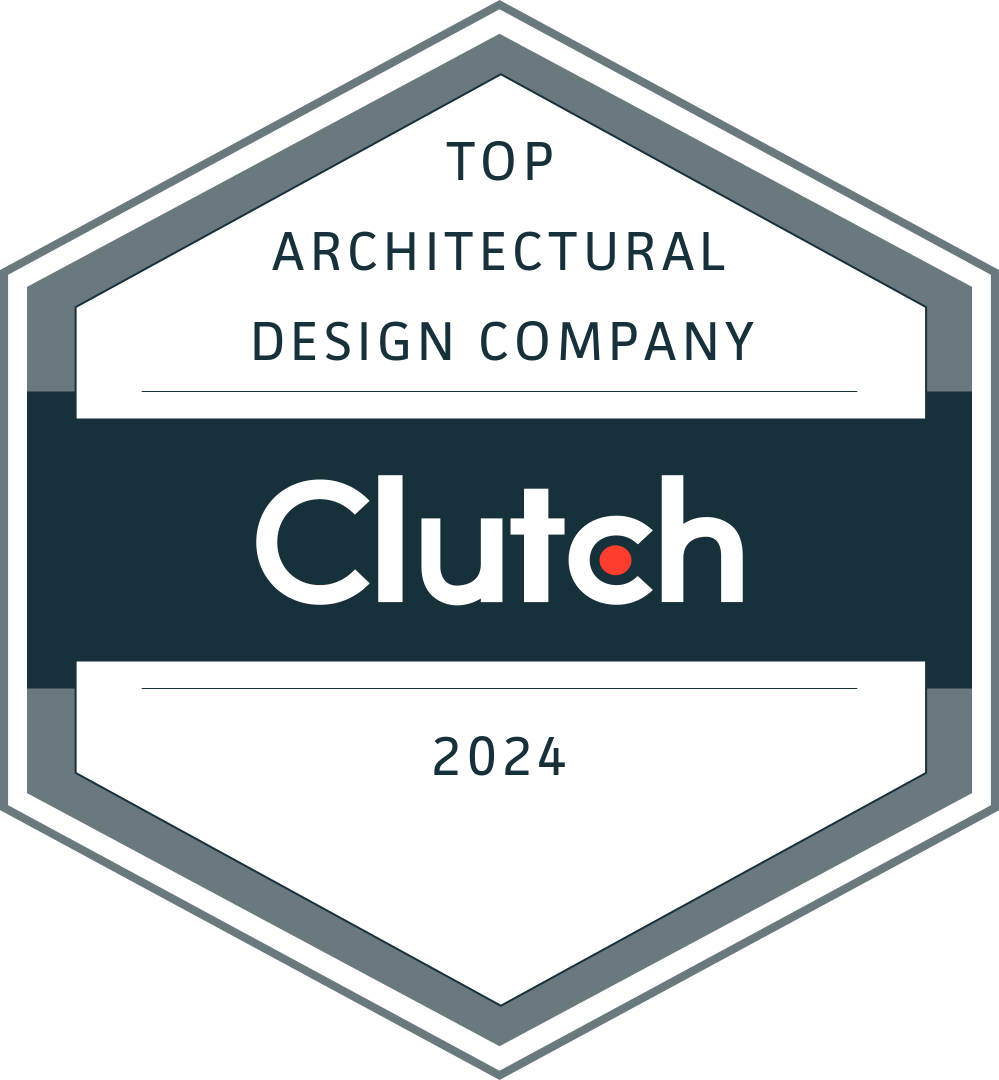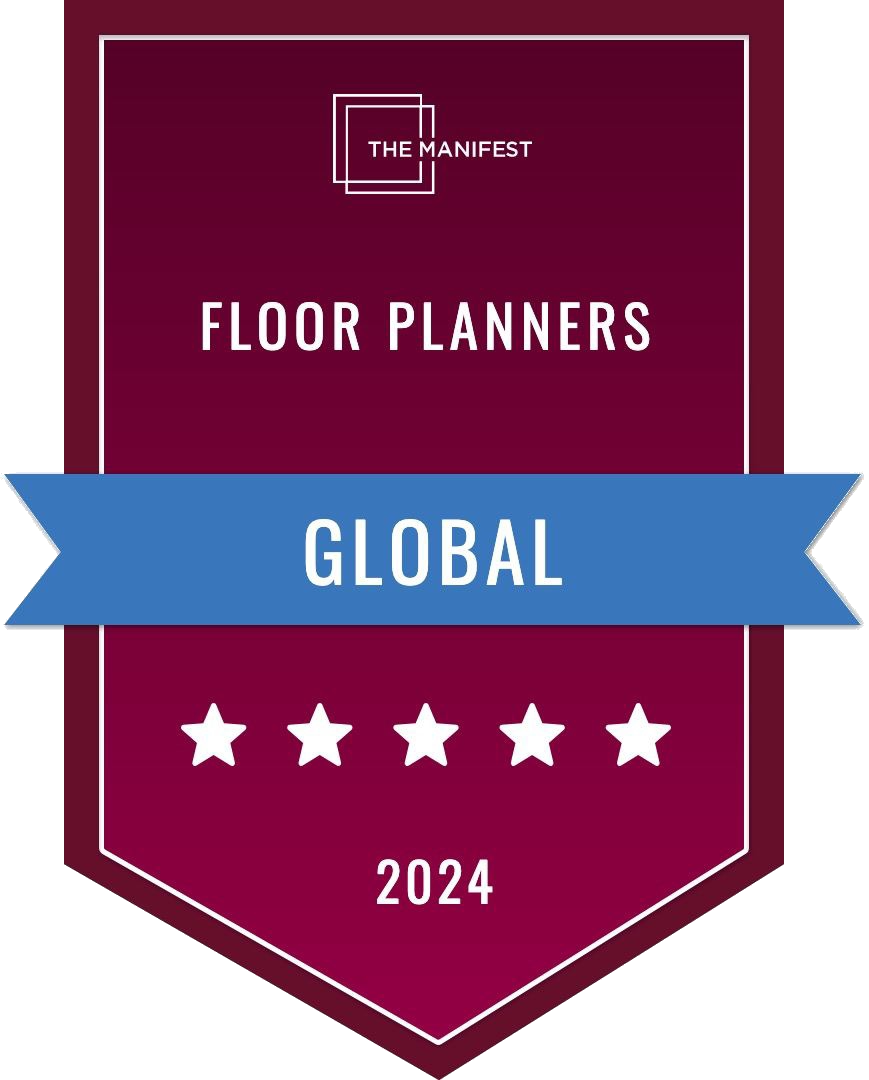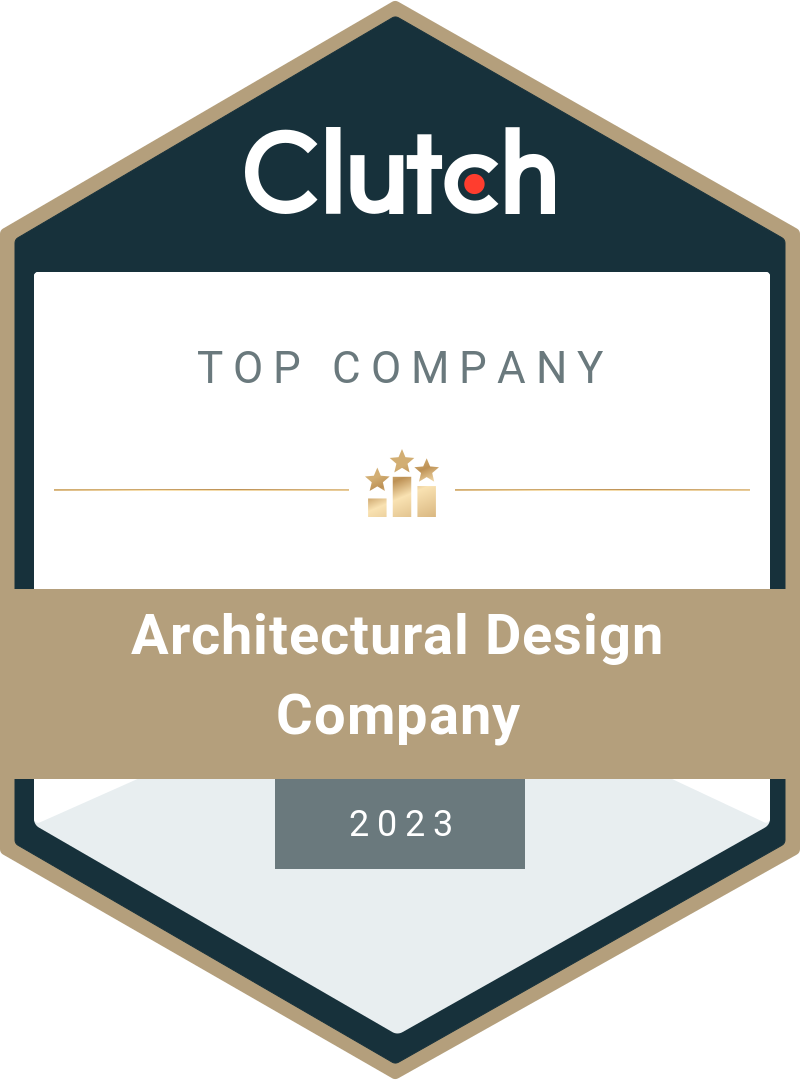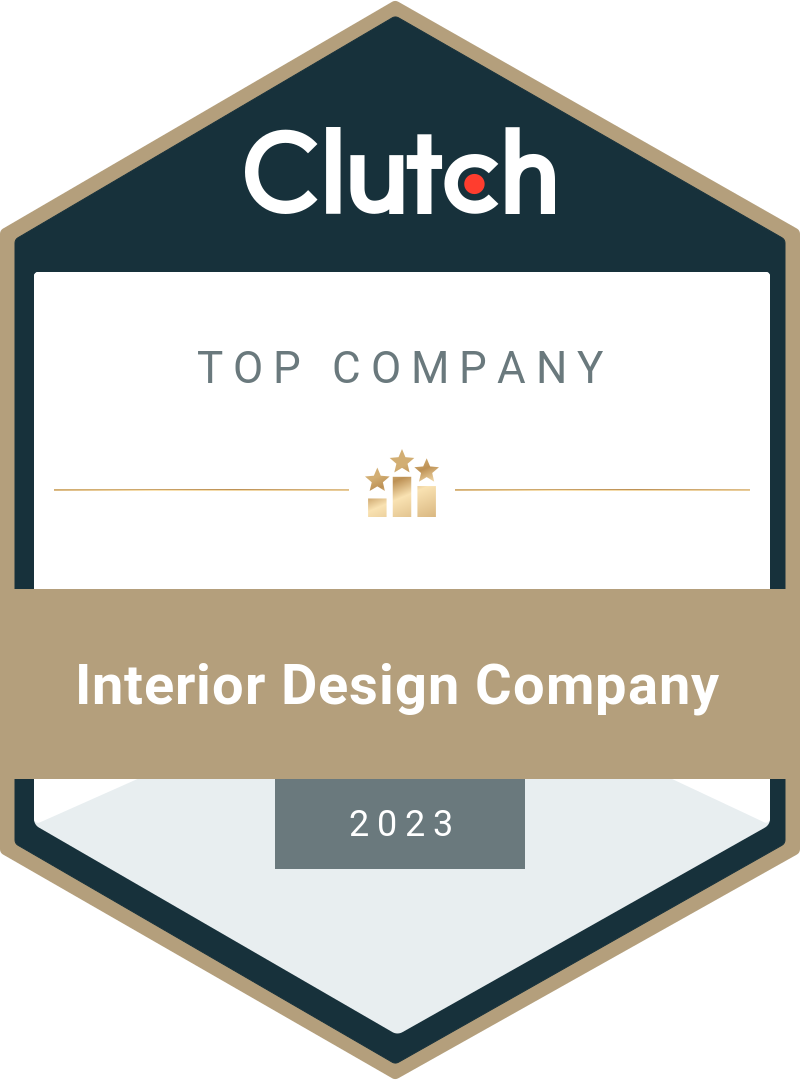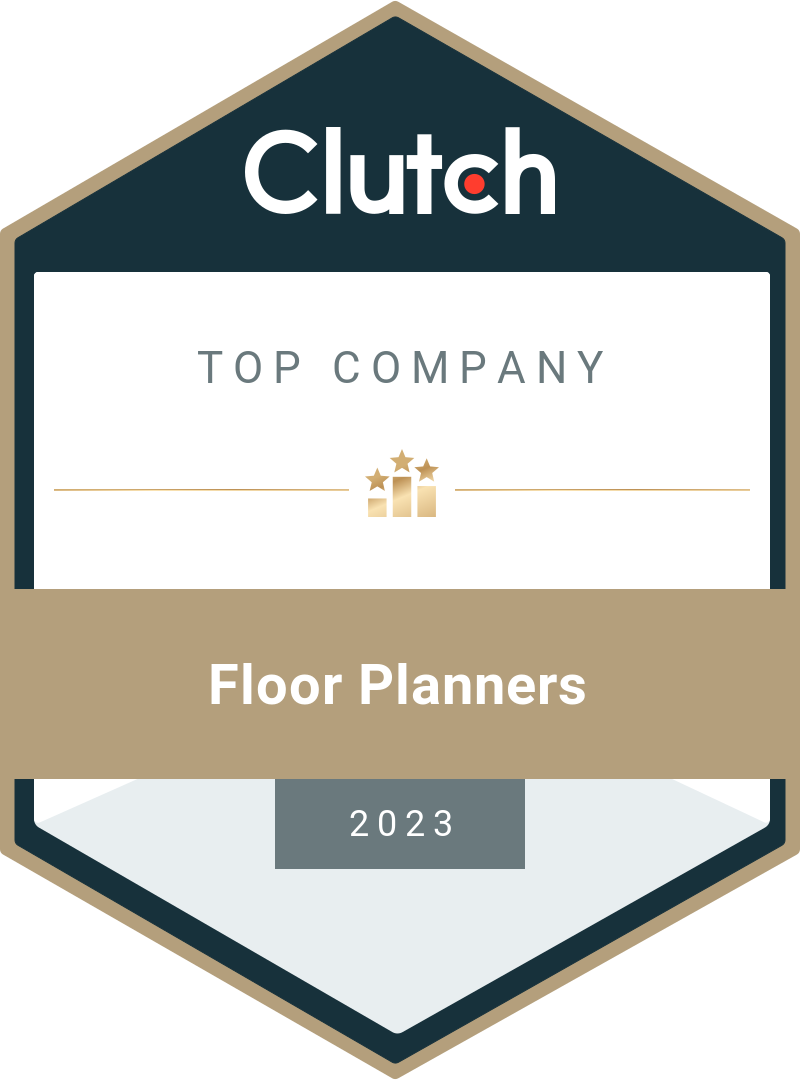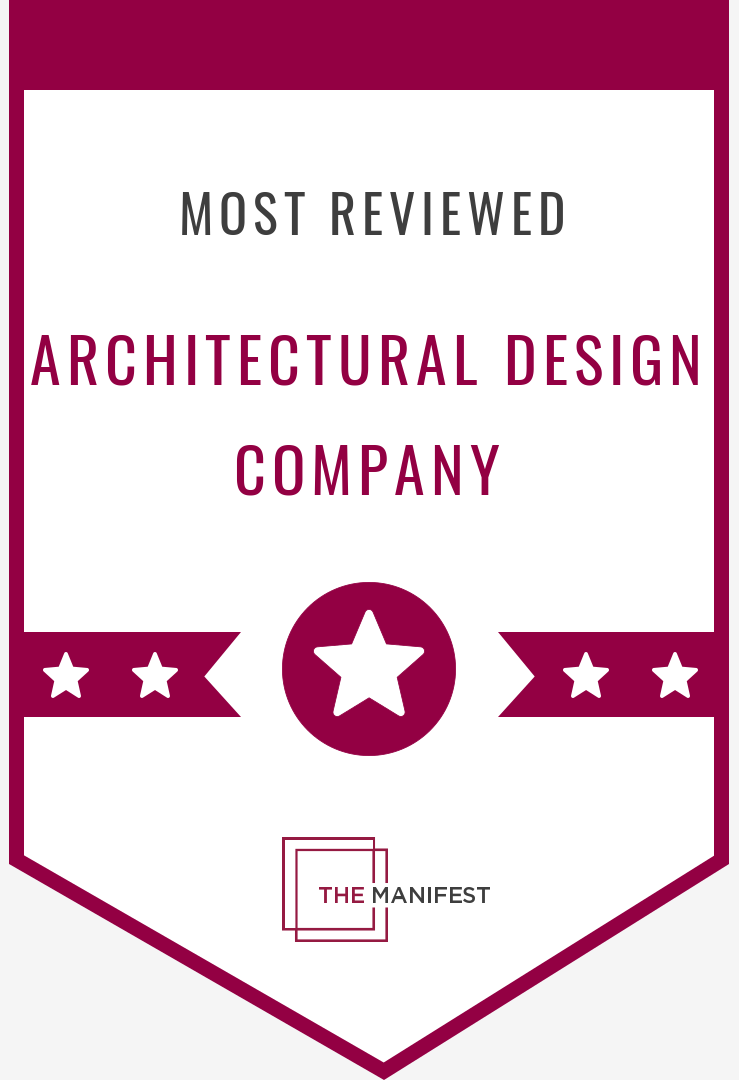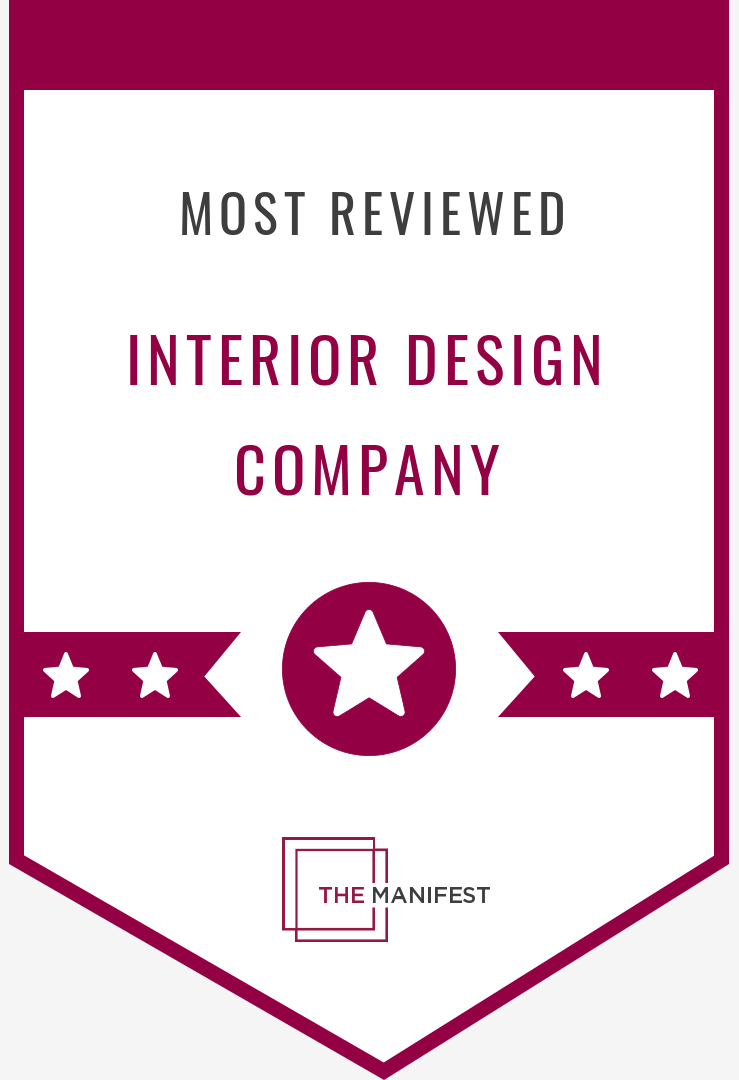Blog
Cutting the crap while cutting the edge. The most important blog about Alternative B2B Marketing.
Cutting the crap while cutting the edge. The most important blog about Alternative B2B Marketing.
Leave your email address and we will send you a detailed price list in PDF format.
Check your mail!
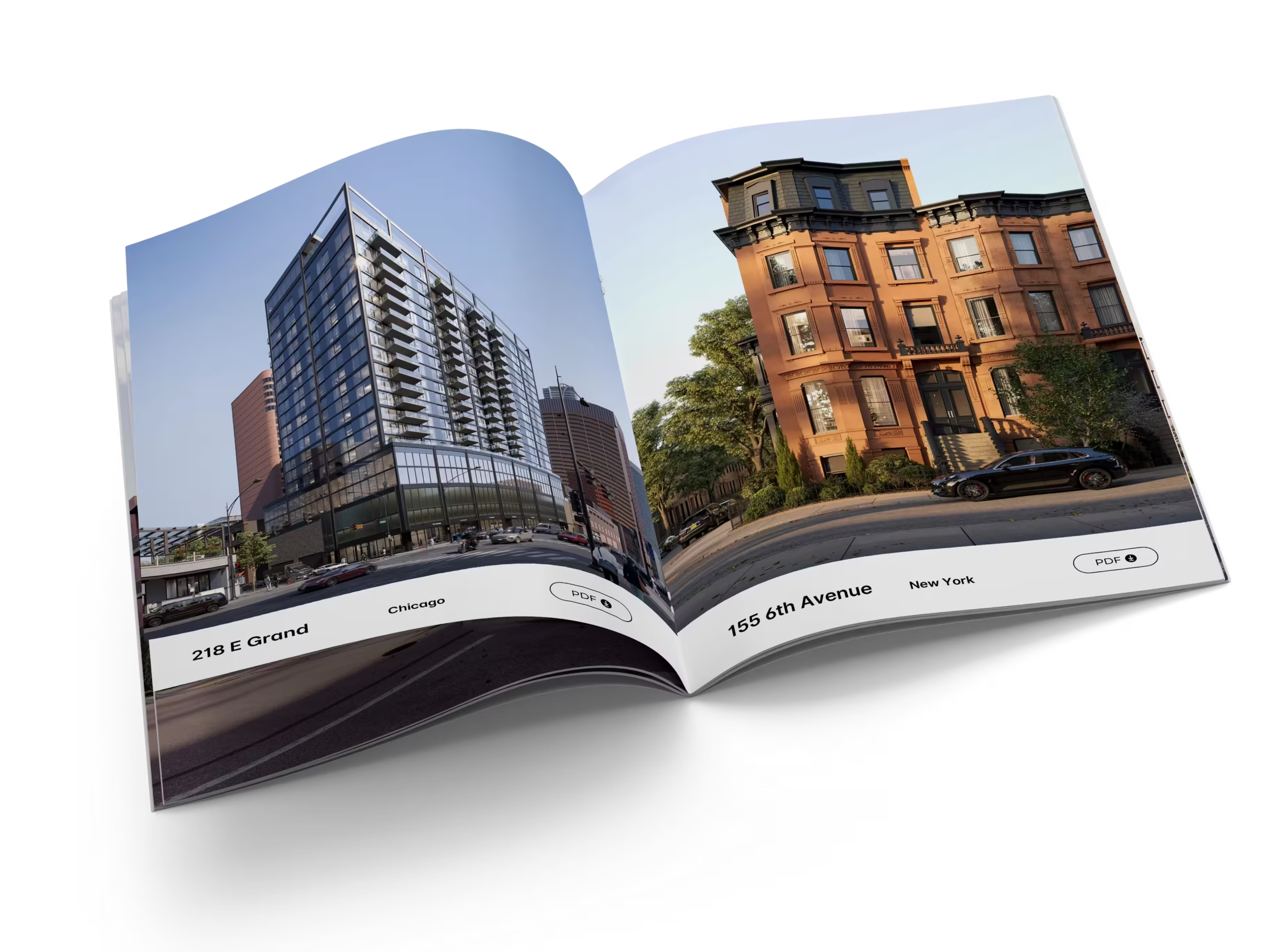
Interior 3D rendering has become a vital tool for architects, designers, real estate developers, and marketers. These visuals help clients understand a space long before construction or renovation begins.
In my many years of experience as an architect, I have witnessed numerous technological changes. But nothing has transformed the industry as profoundly as 3D architectural visualization.
The demand for 3D rendering has exploded across industries—architecture, real estate, product design, gaming, and digital advertising.
In today’s competitive property market, standing out is no longer optional—it’s essential. Modern buyers expect more than static photos or floor plans.
What is architecture about? It is far more than the art of creating buildings — it’s a reflection of who we are as people and how we live together as a community.
Bringing architecture to life goes far beyond blueprints—that’s exactly what we achieved with the Unique Living residential complex in Effretikon, Switzerland. Our team at Freedes Studio delivered a full package of 3D visualization services.
The world of architecture and real estate is evolving rapidly, and one of the driving forces behind this transformation is 3D rendering. What was once considered a luxury reserved for large-scale projects is now a practical and essential tool.
When students ask what are the best schools for architecture, the answer depends on goals. Some colleges focus on design innovation, others emphasize sustainability, history, or technology.
If you’re just starting your journey in 3D design, choosing the right tools can feel overwhelming. Free 3D modeling software offers a great entry point without requiring a big investment.
You are as a realtor, must be frequently looking for ways to sell your properties faster. What can help you do this? Check benefits of using rendering in selling solutions.
Chicago, often called the architectural jewel of the Midwest, is an exemplification of human creativity.
For centuries, architects have relied on drawings, models, and endless conversations to convey their grand visions. While these methods have their place, they often leave a significant gap between the architect’s mind and the client’s understanding.
Ever tried to describe a vivid dream to someone, only for them to nod politely but clearly not get it? That’s often the struggle of interior designers.
The world of architecture and design looks tremendous; the curves, lines, light, and styles are all impressive. If a decade ago observed realistic visuals were something hidden beneath, now everything has changed completely.
The sun sets over the Hollywood Hills, putting a golden glow on spectacular architectural designs, thriving real estate developments, and magical realms created by the film industry. In a city where seeing is believing and first impressions matter, how can you genuinely bring your vision to life?
Have you ever felt the thrill of finalizing your architectural masterpiece? The blueprints are crisp, and the vision is clear in your mind. Everything might look so perfect, but how do you translate that intricate design into a tangible experience for clients or stakeholders?

